

Fishkeeping in Asia differs considerably from the way in which the hobby is pursued in Europe. Our regular contributor and fishkeeping expert John Dawes was struck by some of these differences during his visit to the Aquaria China show
There is, without doubt, a continuing and extremely high interest in small aquaria in the Orient. Many of these are aimed at the fish lover who would like to have an aquarium at his place of work, where there is little room for a normal-sized aquarium. Another target buyer is the apartment dweller with limited space for an aquarium, while the large domestic market, where interest in small fish is as intense as in large fish, forms another important target sector. Quite naturally, this small-aquarium section of the hobby is one that is receiving ever-greater attention from equipment manufacturers. Generally – and rather loosely – referred to as “nano aquaria”, these small tanks can now be serviced with highly efficient and sophisticated filtration systems designed to maintain optimal conditions in limited water volumes. Lighting systems, too, are now being produced specifically for these small tanks. The result of these advances in technology is that creatures – particularly marines – which would otherwise require spacious aquaria are now being accommodated in smaller quarters. One striking example that I saw were two species of jellyfishes, which were being exhibited by Blue Corner Japan, a company that specialises in the import and export of marine fishes and invertebrates (including jellyfishes) and has its headquarters in Shizuokaken/ Japan, with subsidiaries in Hong Kong and Vancouver/ Canada. There were many other types of aquaria of all sizes on show, ranging from standard rectangular models via those with bowed fronts and/or rounded ends that we’ve now been seeing for quite some time, double units consisting of aquarium and paludarium and cabinet aquaria to some very interesting picture aquaria. These last-mentioned systems were exhibited by Guangzhou Liwan Lida Aquarium Equipment Store and came complete with all the equipment, including gravel which has been pre-treated with nitrifying bacteria to speed up the maturing process. On the lighting side, the now-familiar tricolour fluorescent tubes (red, green and blue) were available from a number of exhibitors, as were single-colour tubes. Various germicidal lamps (UV) were also on show. I was particularly impressed by the units exhibited by Creator Lighting Co. Ltd. of Guangzhou, whose range of UV lamps is split into two categories: those that emit just UV radiation and those whose ionising properties also generate ozone (an important consideration for marine systems). As expected, heating equipment…
Related articles
Read also

 Menü
Menü





 1-2/2007
1-2/2007



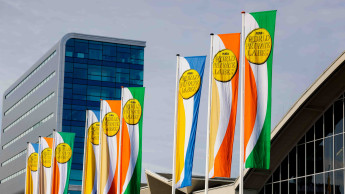

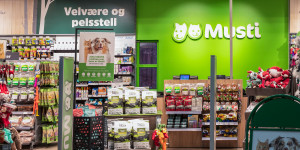
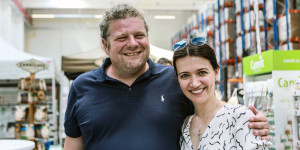
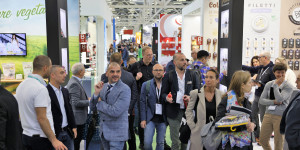

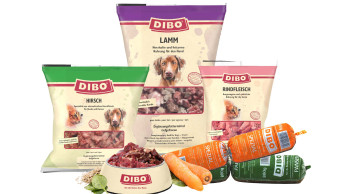
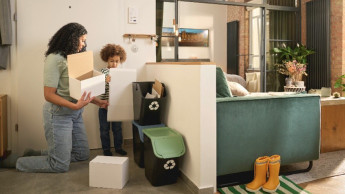
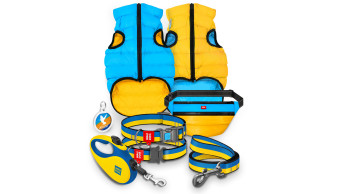
 Newsletter
Newsletter